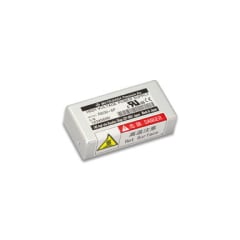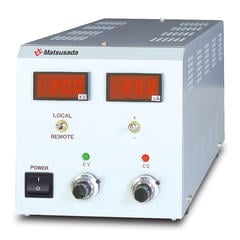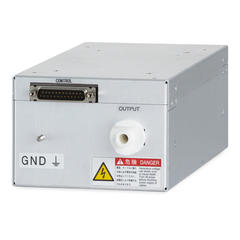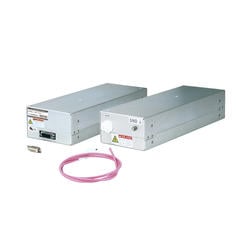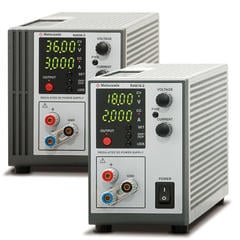Electrophoresis refers to a phenomenon in which charged particles or molecules move when a solution containing them is placed in an electric field (e-field). The analysis method using this phenomenon is also called electrophoresis.
When a gel containing molecules is placed in an electric field, the molecules begin to move by electrophoresis. However, because the gel has a fine mesh structure, small molecules move easily while large molecules do not. Therefore, the distance traveled depends on the size of the molecules. In this way, molecules contained in a solution can be separated.
For example, since DNA is an acid called nucleic acid, it is negatively charged in an aqueous solution. Therefore, when electricity is applied to it, it flows toward the positive side. However, DNA with a smaller molecular weight appears near the positive pole, while DNA with a larger molecular weight stays near the negative pole. This property is used to analyze proteins and DNA. This technique is widely used in the fields of molecular biology and biochemistry.
- Gel Electrophoresis
- Polyacrylamide gel electrophoresis (PAGE)
- Agarose gel electrophoresis (submarine electrophoresis)
- SDS Electrophoresis
- Capillary electrophoresis (CE)
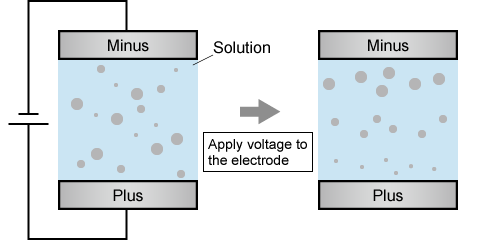
-
- In the case of gel electrophoresis, a DC power supply of 650 V 100 mA is recommended, since a voltage of several hundred kilovolts is applied.
- Example: R4G650-0.1
-
- In the case of capillary electrophoresis, a high voltage of about 30 kV is applied to perform the electrophoresis.
- Example: CZE, CZ9, K12-R, KAS-R series
Matsusada Precision offers a lineup of high-voltage power supplies for applying voltage to electrodes for electrophoresis, as well as power supplies that can switch between positive and negative electrode output.
- Related words:
-
- electrophoresis
- electrophoresis research
- charged particle molecule
- protein
- DNA
- cellular electrophoresis
Recommended products
We have a variety of products in our lineup, including high-voltage power supplies for applying voltage to electrodes for electrophoresis, and power supplies that can switch between positive and negative output.




